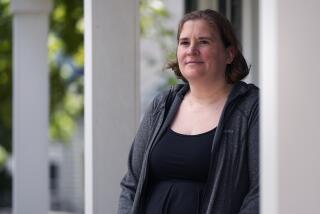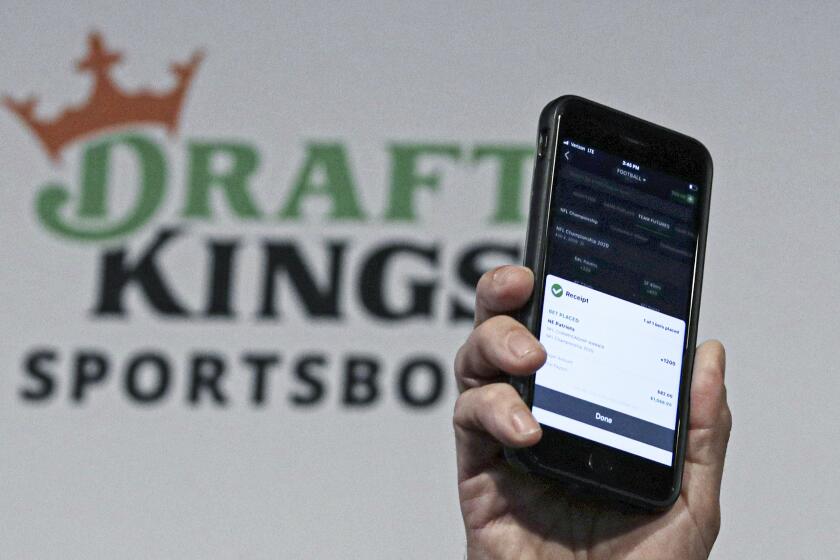Diversification in Islands : Hawaii Sees High-Tech as Boost to Economy
Hawaii is turning some of its attention from surf, sand and sun to computer chips and floppy disks.
The No.1 U. S. vacation spot isn’t giving up on tourists, mind you. It’s just diversifying to hedge its bets.
Weary of the ups and downs of tourism, agriculture and defense spending--its top three industries, Hawaii is expanding into the high-tech field.
Oceanic Properties, the real-estate subsidiary of Castle & Cooke (the largest corporate landowner in Hawaii with 150,000 acres, including most of the pineapple-growing island of Lanai), is planning to develop what it terms “the first business park in the islands that is specifically designed for technology-intensive firms.”
In Planned Community
There is a research-and-development project in Maui, developed by the county and California-based Arroyo Development, but that development focuses on software and office operations, and there is a project by the state on 500 acres of leased land on the big island of Hawaii, but that is aimed at ocean science and agriculture.
Known as Hawaii Technology Park, Oceanic Properties’ project will be on 256 acres in Castle & Cooke’s master-planned community of Mililani, about 14 miles from downtown Honolulu. The high-tech park will have office, warehousing, R&D; and light-manufacturing space.
By telephone from his Oahu offices, Ray K. Tsuchiyama, marketing director, said, “We hope to break ground in December, start construction in the spring of 1987 and have tenants in by that summer or fall.” Castle & Cooke has been working on Mililani since the late 1960s, and it already has about 9,000 dwelling units and a population of about 25,000.
Tsuchiyama has been promoting high-tech interests in Hawaii for some time. He testified at several economic development hearings and lobbied for state legislative support.
Bridge to Asia
He views Hawaii’s new role as complementing rather than competing with mainland firms for high-tech business, “because mainland firms want a base halfway to Asia, where research-and-development products can be assembled,” he explained.
“However, our lots will be fee simple and will be competitive with prices in the Silicon Valley.”
Tsuchiyama also sees benefits for high-tech personnel, which he described as “highly trained, well-educated engineers, who want a campus-like working condition but exotic environment,” which he says the technology park will be.
The park also will be able to draw on the expertise of 400 faculty members who focus on Asian studies at the University of Hawaii. So, through this new high-tech emphasis, he hopes Hawaii will become a bridge between Asia and the United States in the high-tech field.
Economically Independent
And he hopes Hawaii will become economically independent--not subject to airline strikes, agricultural downturns or Administration changes that result in radical defense-spending shifts.
“As you know, we had a month-long strike by United Airlines pilots last May that resulted in a $70-million loss, indirectly and directly, to our economy,” Tsuchiyama said. “United Airlines brings in one out of every two tourists to Hawaii.”
Concern that another, longer strike might cripple the local economy fueled his campaign.
“We own a lot of land, and as a result, we are committed to developing Hawaii as a new employment center. We are committed to supporting the state in trying to diversify the economy,” he explained.
More to Read
Inside the business of entertainment
The Wide Shot brings you news, analysis and insights on everything from streaming wars to production — and what it all means for the future.
You may occasionally receive promotional content from the Los Angeles Times.








